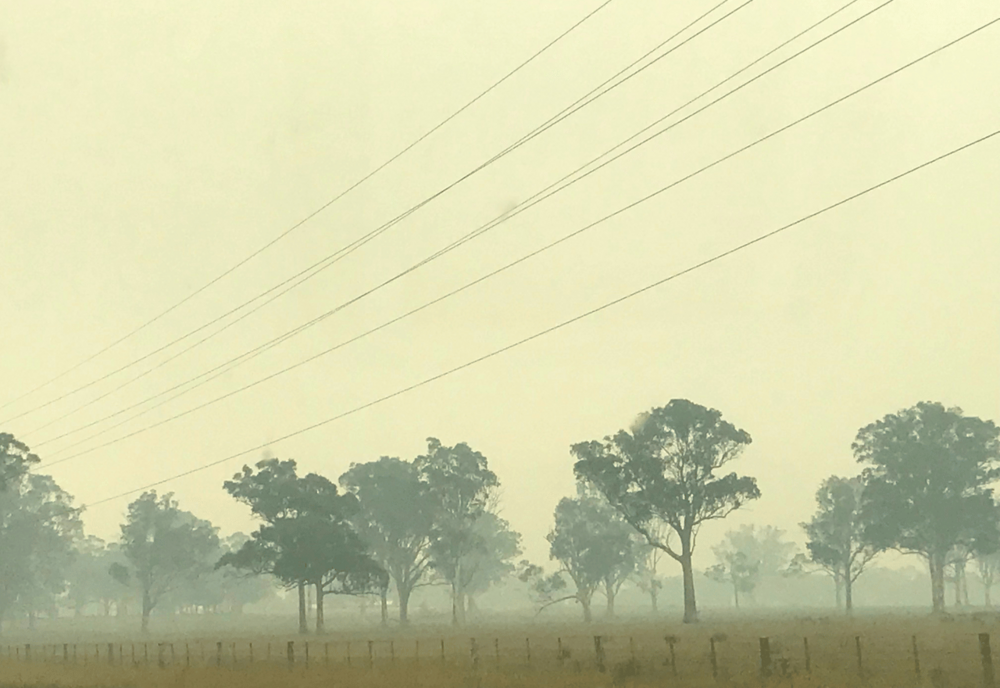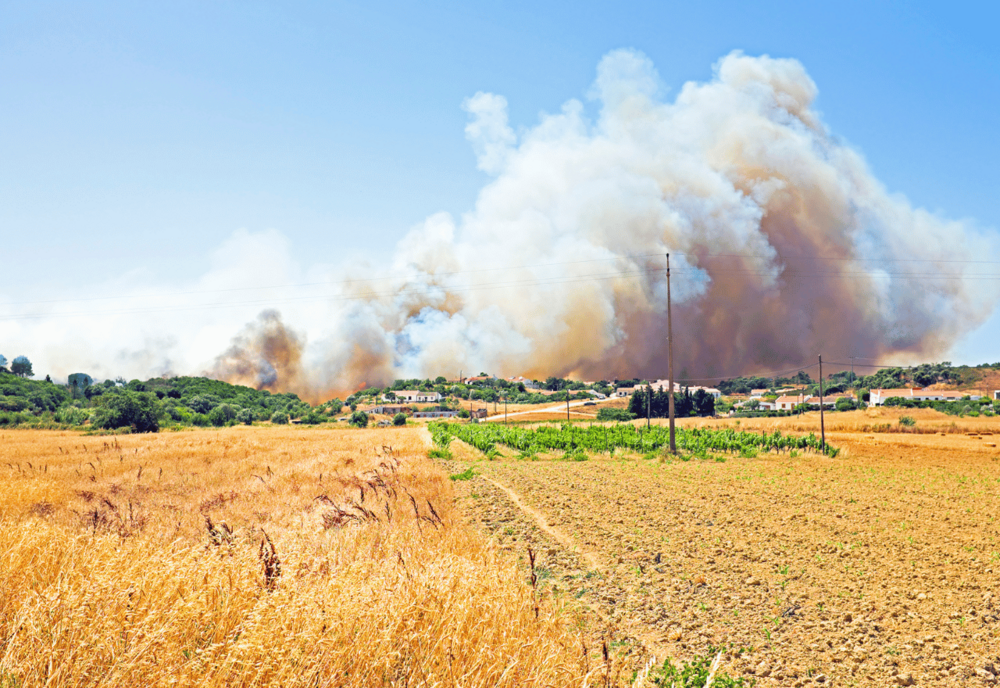Call for alternative energy to boost remote bushfire resilience
Kristin Murdock
16 September 2023, 9:20 PM
 Alternative energy sources will raise resilience in bushfire situations, a UNSW study has found. (Image: UNSW)
Alternative energy sources will raise resilience in bushfire situations, a UNSW study has found. (Image: UNSW)The advantages of using alternative energy sources during bushfire-caused power outages is timely advice for this time of year.
Although spring has just sprung, the first total fire bans of the season have already been enforced by the NSW Rural Fire Service on September 7 where the region experienced high temperatures and north-westerly winds.
The total fire ban was in place for the Upper Central West Plains, included the Bogan, Coonamble, Gilgandra and Warren LGAs. Thankfully, no fires were reported, but it has provoked thoughts toward fire preparedness as summer draws closer.
During bushfires, the loss of electricity can have significant and wide-reaching consequences. Outages can be a great source of distress and vulnerability, leaving communities cut off from critical energy-dependent services and unable to meet basic needs.
This risk was brought home for Bourke area residents earlier this year when fires cut power for days during a period of high temperatures.
Recent research from University of NSW (UNSW) says remote communities in disaster-prone areas could become more resilient to power outages by adopting more renewable energy technologies.
UNSW is calling for policy support for the uptake of Distributed Energy Resources (DER) like solar PV and batteries to help households manage disruptions to the electricity grid caused by bushfires and other extreme weather events.
“For many of these communities on the fringe of the network, there could be just a single line that connects them to the grid,” says Dr Mike Roberts, report author and Senior Research Fellow in the School of Photovoltaic and Renewable Energy Engineering, UNSW Engineering.
“If the line goes down during a bushfire, it can leave them without electricity from the grid for quite some time.”
Outages are not always avoidable, and UNSW says individuals and communities must be prepared with alternatives such as rooftop solar, batteries or generators, or non-electrical energy sources such as gas BBQs.

Enhancing community resilience
“The resilience of energy systems is a matter of growing concern as we are set to face more frequent and intense fires and severe weather events because of climate change,” says Dr Sophie Adams, report author and Visiting Fellow in the School of Humanities and Languages at UNSW Arts, Design & Architecture.
“Building energy resilience in bushfire-affected communities can be a matter of life or death, given the dependence on electricity for telecommunications, water, fuel, money, and refrigeration.”
A guide to backup power options has been produced as part of the report.
“We’ve drawn on the experience of NSW households who’ve relied on alternative power sources in a blackout to compile this practical guide,” Dr Roberts says. “With bushfires already generating headlines this year and climate experts warning of a potential severe fire season ahead, it comes at the right time to help households understand their DER needs.”
Rural Fire Service acting district manager for the North-Western zone, Greg Cassidy, agreed with this warning, telling ABC that with an abundant amount of growth across north-west NSW, and the onset of a hot spring, the region was at risk of early bushfires.
"Check your bushfire survival plan, have a plan in place and have that conversation with family, employees and friends of what to do if there is a fire within the area," he advised.
According to the UNSW report, the transition to renewable energy systems can help ensure communities can power essential activities when the grid is affected. Technologies such as solar PV and batteries can enable households and communities to generate, store and use energy locally when the grid is offline.

Call for subsidies
While many households already draw upon extensive backup resources during outages – including renewables – others are less equipped to manage the impacts on telecommunications, water, transport, and other services.
“There are many instances where community members help others to access energy services by sharing generators, portable phone chargers, eskies, or BBQs,” Dr Roberts says. “These forms of community response should be acknowledged and supported, but it’s not always feasible to depend on, and ideally, they could be more planned and less reactive with DER systems.”
While the report's authors suggest policies should support resilience based power options with subsidies, they admit it will be costly.
"Ensuring these communities are DER-prepared and energy-resilient isn’t a cost-free exercise,” Dr Roberts says. “There does need to be more high-level policy support for communities like resilience-based grants to help them adopt necessary DER system."
While instigating more DER's is a strong recommendation, full implementation will take time. In the meanwhile, landowners are urged to remain vigilant and have bushfire plans in place.




